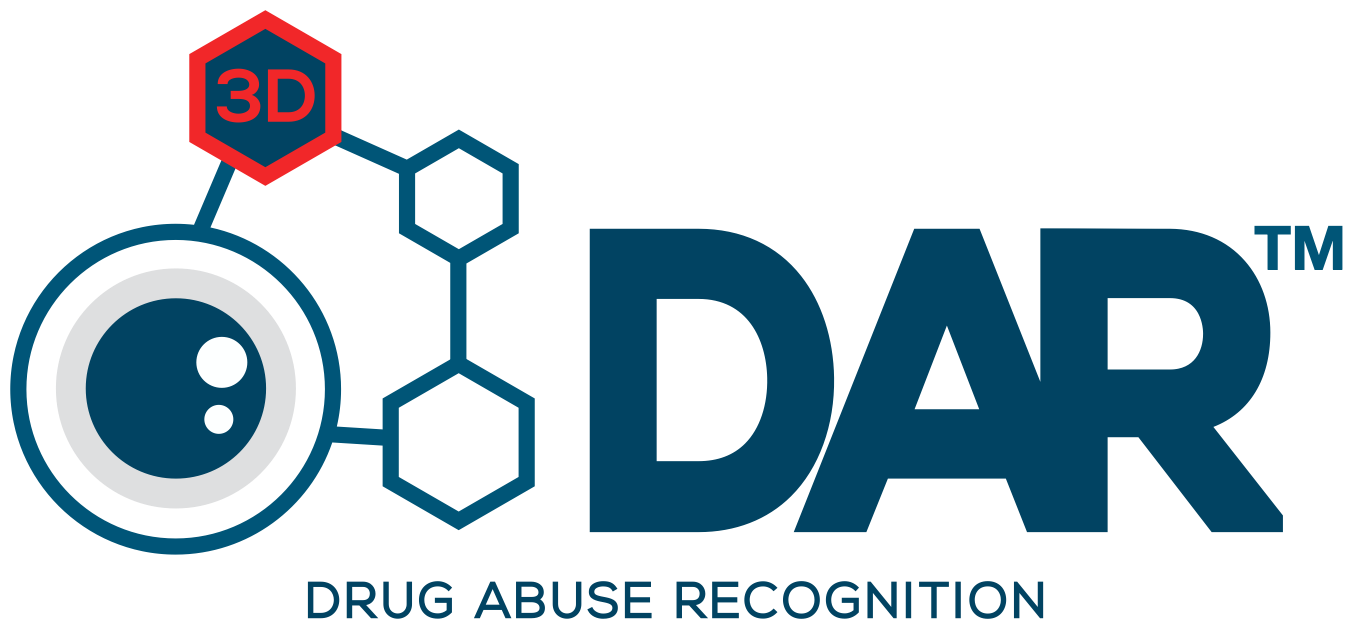Since the world shut down because of the COVID crisis, there has been no meaningful training. Overnight, training courses were shut down. As I write this article, I’m supposed to be in Australia preparing to teach a series of drug courses there. If you haven’t realized it by now, training will never be the same. People are being forced to use online tools to complete their jobs and they are seeing how easy and cost effective it can be.
Moving to Digital Training
For the last four years, I have been moving my training to the digital arena. I still have live classroom events, but I have pared them down significantly. You could see that the world was ready for digital training. Some training can’t be delivered digitally. A good example is an Undercover Narcotics Officer course. In that course you have surveillance scenarios, undercover scenarios and other practical exercises that can’t be done over the internet. However, much of those classes is in the classroom and can be done remotely. You could hold a weeklong class online and then have students come in for one week to complete scenarios. It would save on travel costs, instructor costs and facilitation costs.
When the COVID crisis hit, many of my friends were not ready to switch to digital training. This is the reason for this article. Here is a step-by-step guide to deliver your training digitally.
If You Don’t, Someone Else Will
One of the main excuses that I hear for not doing digital training is that the instructors or company owners fear people will steal their intellectual property. This is a real concern. I have had two instructors take my material and train under the Graves and Associates brand without telling me. This resulted in a lot of heartache for me and for them. However, if you don’t do it, someone else will. Someone else will beat you to the punch and you won’t have any business at all.
Protecting Your Intellectual Property
You need to protect your training material (intellectual property or “IP”). In the classroom, I start every class with a slide that says no photography, video recording or audio recording allowed. I do this so that they can’t take pictures of my material and try to recreate a class with my own ideas. This happens in almost every class.
By delivering training online, it is very easy for people to steal your IP. They can screen record the entire event and put it up online for sale as their own or they can copy your presentation word for word. For this reason, I significantly pare down my slides. I put talking points on the slide so that someone can’t steal your IP.
It is sad that you have to do it, but it is the world we live in. The student will need to rely on a solid handout if you do this though. For each class, I create a visually attractive handout so that the students have information they need. I do not format it into a presentation. I merely lay it out with talking points and the student can take notes on points they need expanded upon. Here is an example from the cover of my methamphetamine trends course.

Webinars
Webinars are the easiest way to provide online training. First, you need to pick a good platform. Zoom is the most popular, but it is way overpriced. I use BigMarker.
Keep your webinars to an hour or an hour and a half of talking. Make sure that your internet connection is above 20 mbs and ensure that your internet access is wired and not wireless. This cuts down on the chance that you lose a connection in the middle of a webinar. I have seen this multiple times and it looks unprofessional, especially if people are paying for it.
Open the webinar 5 minutes before the start time. Ask people where they are watching from. I will almost always have someone from outside the US. It is a nice way to engage with your audience and is a good icebreaker. Many people will be from the same area and can meet up in the chat room. It is a great thing to do so everyone can get to know everyone else. It also makes people more interactive when you ask for questions.
Use a minimal amount of slides. Just put talking points on the screen. Also watch what you put up there. If you are teaching a class on crime scene work, don’t put a picture of a victim up there. You can’t control someone taking a picture or screen capture of it and then posting it on social media.
Make sure that your background is clean. I use a plain wall with some office decorations behind me. Try to make it so that it is not distracting and looks normal. One good thing with BigMarker is that you can use a green screen and add any background you want in your presentation.
Make sure you use a good HD camera and external microphone. Do not use the computer’s microphone and web cam! These are not good enough for a professional presentation. I use a Logitech HD camera which is shown below. I know it may be pricey, but your first webinar will cover the cost. Buy once cry once. Do it professionally and you will have more repeat customers. You can’t skimp on video or audio.
For a microphone, I use a Blue Yeti microphone. My audio is crisp and clear. I use it for all digital training as well as my podcast and online coaching. Again, it is a little pricey, but buy once cry once. You’ll pay for it off of your first webinar.
Online Training Courses
I’ve been hosting my own online training at onlinetraining.gravesassotiates.com. Hosting your own training is quite easy. Using the tips I have above for webinar training, you’ll use those same tools and tactics to create online training. You can see what my studio looks like in this video commercial for my Drug Facilitated Sexual Assault course:
It looks fancy, but here is where I filmed it:
It’s the same room, the only difference is in the first film I used a green screen. Green screens are fairly cheap. The one I use is listed below. The green screen takes less than a minute to install and then I film. I teach the class as if I were teaching a regular class. The best part is, if you make a mistake you can edit it out using an editor like final cut pro.
You’ll need someone to host your course. For that I recommend a service called Invanto. You can have your students take the online training and Invanto will handle the registrations, payments and other miscellaneous things that need to be done to do quality online training.
If this all seems intimidating to you, I may be able to host your training sessions. Send me an email and I may be able to handle the hosting for you.
Online Conferences/Summits
Overnight, COVID cancelled conferences across the globe. I had to cancel my speaking engagements as did all of my fellow trainers. Two years ago I started looking at hosting conferences online. These are sometimes called online summits. Conferences are expensive to host and expensive for agencies and companies to send their people. However, an online summit can afford you some of the same luxuries that you have at an in person conference. As an example, you can have break out rooms where people can meet via video chat and have meetings and network. You can also have vendor spaces that attendees can visit virtually. You can have the same courses as you would in a live conference, but now you’re doing it webinar style. You can save tens of thousands of dollars by hosting your conference virtually and you get the added benefit of attracting people that can’t normally attend your conference due to travel restrictions or cost.
This is the New Normal: Get Used to It
This is the way things will be for some time. You’ll need to get on the digital bandwagon ASAP if you are to keep your training viable. Even if we get rid of COVID-19, people got a taste of doing things remotely and they saw how easy it was. If you need help with setting up your training online, I do offer consulting to get that done. You can feel free to reach out to me by email here to get started.



How do you prevent non law enforcement from viewing online training that is often LE sensitive. If an instructor can’t control who watches, might they be training the people we are building cases on?
Most of the criminals already know this information. However, you can lock down who views it by requiring a picture of their police ID before registering them for the class. Just be sensitive of the pictures/videos/information you put up.